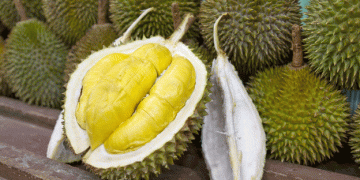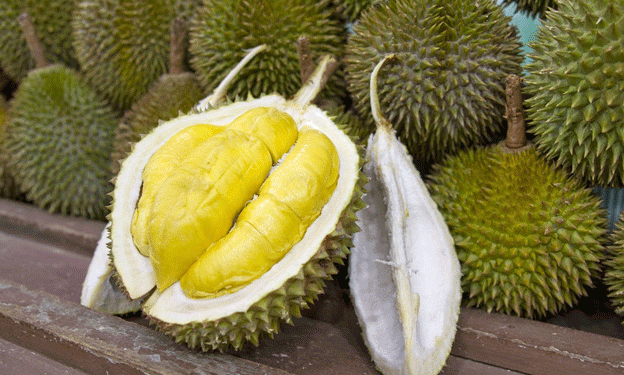Vietnam’s fruit and vegetable exports brought in $3.4 billion during the first half of 2024, marking a 28% year-on-year surge, as reported by the Ministry of Agriculture and Rural Development (MARD). This growth is driven by both an abundant domestic supply and heightened demand from foreign markets.
Key Export Contributors and Market Dynamics
Durian, dragon fruit, banana, and longan have been pivotal in this export growth. Shipments to key markets have increased by 10-50% compared to the same period last year. China, Thailand, and the Republic of Korea (RoK) remain the largest importers of Vietnamese fruits and vegetables. By the end of May, China’s imports alone amounted to approximately $1.7 billion, reflecting a 33% increase.
VINAFRUIT predicts a continued positive trend in fruit and vegetable exports due to the ongoing harvest seasons and favorable market conditions. Durian, dragon fruit, pineapple, watermelon, mango, and longan are currently in their main harvest season, enhancing sales prospects, particularly to China, the largest importer.
Impact of Global Climate Conditions
The El Nino phenomenon has significantly impacted global dragon fruit production, leading to a sharp decline in output from Mexico and South America. This reduction has opened up opportunities for Vietnam to capture a larger share of the European and North American markets, where prices have risen due to the lean harvest.
Quality Improvement and Market Expansion
Efforts to improve the quality of dragon fruit are notable in the south-central province of Binh Thuan, which has approved a program to expand dragon fruit production under the Vietnamese Good Agricultural Practices (VietGAP). This initiative aims to cover 10,500 hectares by the end of 2024. Similarly, the Mekong Delta province of Tien Giang is enhancing its intensive dragon fruit farming, now covering almost 8,600 hectares in key districts.
Regional Success Stories
Northern Bac Giang province, Vietnam’s largest lychee cultivation area, experienced a 50% drop in output from 2023. However, revenues have increased due to higher fruit prices and enhanced quality. The province, with 29,700 hectares of lychee trees, including 15,600 hectares following VietGAP standards, exported about 24,785 tonnes in 2024. These exports primarily target China, but also reach markets such as the EU, Japan, Australia, the US, and Canada.
VINAFRUIT attributes this success to improved agricultural practices and active trade promotion by local authorities. The application of scientific and technical advances, combined with the granting of production and packaging unit codes, has bolstered the reputation of Vietnamese farm produce. To date, 7,558 production unit codes and 1,558 packaging unit codes have been issued, further enhancing the credibility of Vietnamese fruits and vegetables.
Vietnam’s fruit and vegetable export sector is thriving, driven by strategic cultivation practices, quality improvements, and strong international demand. With continuous support from governmental and agricultural bodies, the future looks promising for Vietnamese fruit and vegetable exports, potentially bringing even higher revenues and market expansion.
































